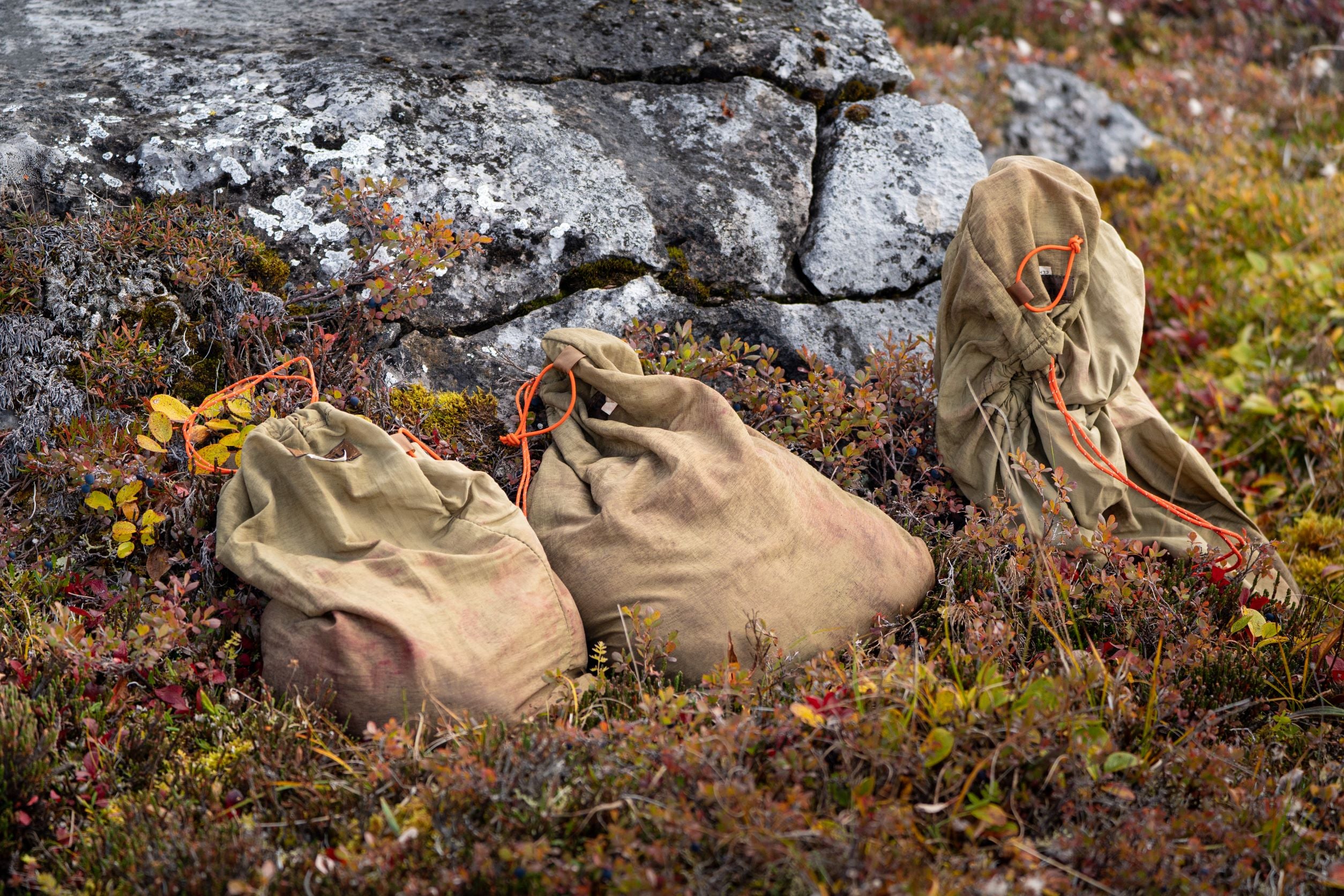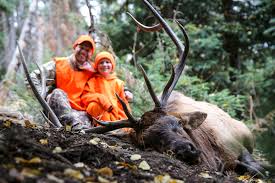
How Much is it to go Elk Hunting
The mighty elk, with its powerful bugle, beckons hunters seeking an adventure unlike any other. But before embarking on this exciting pursuit, it’s crucial to understand the potential costs involved. Elk hunting can vary significantly in price depending on your chosen style and location. This article explores the financial landscape of elk hunting, helping you budget for your dream adventure.
Understanding the Cost Spectrum: A Range of Experiences
Elk hunting costs can range from a few hundred dollars to well over $10,000. Here’s a breakdown of the key factors that influence the price tag:
- DIY vs. Guided Hunt: The most significant cost difference lies between a Do-It-Yourself (DIY) hunt and a guided elk hunt.
- DIY: This approach requires more planning and effort but allows for a potentially lower cost. You’ll be responsible for scouting, obtaining licenses and tags, gear, transportation, food, and accommodation.
- Guided Hunt: Guided elk hunts offer expert assistance, often leading to higher success rates. Outfitters typically provide these services for a fee, which can cover scouting, guiding, licenses, meals, lodging, and sometimes even gear rentals.
Breaking Down the Costs: A DIY Elk Hunting Budget
Here’s a closer look at potential expenses for a DIY elk hunt:
- Licenses and Tags: Costs vary by state and can range from a few hundred dollars to over $1,000, especially for limited draw tags.
- Transportation: Fuel costs for driving to your hunting location and potentially renting a four-wheel drive vehicle can add up.
- Food: Backcountry meals can be expensive, especially if you’re freeze-drying or dehydrating your own food.
- Camping: Camping fees for public lands or campsite rentals on private lands can vary.
- Gear: Investing in quality clothing, footwear, backpacks, tents, hunting calls, optics (binoculars and riflescope), and other essential gear can be a significant upfront cost.
Additional Considerations:
- Success Fees: Some outfitters charge success fees on top of their base package price if you harvest an elk.
- Trophy Care: Taxidermy costs for preserving a trophy elk mount can range significantly depending on the size and complexity of the mount.
- Meat Processing: Processing fees for butchering and packaging your harvested elk can vary depending on the processor’s location and services offered.
Strategies for Saving on Elk Hunting Costs:
- Start Early: Research license and tag application deadlines and apply well in advance, especially for limited draw opportunities. Drawing a tag can significantly reduce costs compared to guided hunts.
- Utilize Public Lands: Public lands offer ample hunting opportunities without the cost of leasing private land.
- Invest in Quality Gear: While an initial investment, quality gear will last for many hunts, saving you money in the long run.
- Consider Gear Rentals: Some outfitters or hunting stores offer gear rentals for specific items you might not need for other types of hunting.
- Barter and Exchange: Connect with other hunters to see if anyone has used gear they’re willing to sell or trade.
Finding the Right Balance
Elk hunting can be an affordable adventure or a luxurious experience, depending on your preferences. By understanding the cost factors, planning strategically, and exploring ways to save, you can find the elk hunting experience that aligns with your budget and dreams. Remember, the thrill of the hunt, the connection with nature, and the respect for these magnificent animals are priceless aspects of elk hunting, regardless of the final cost.
